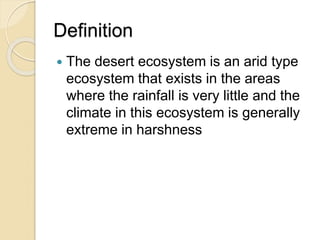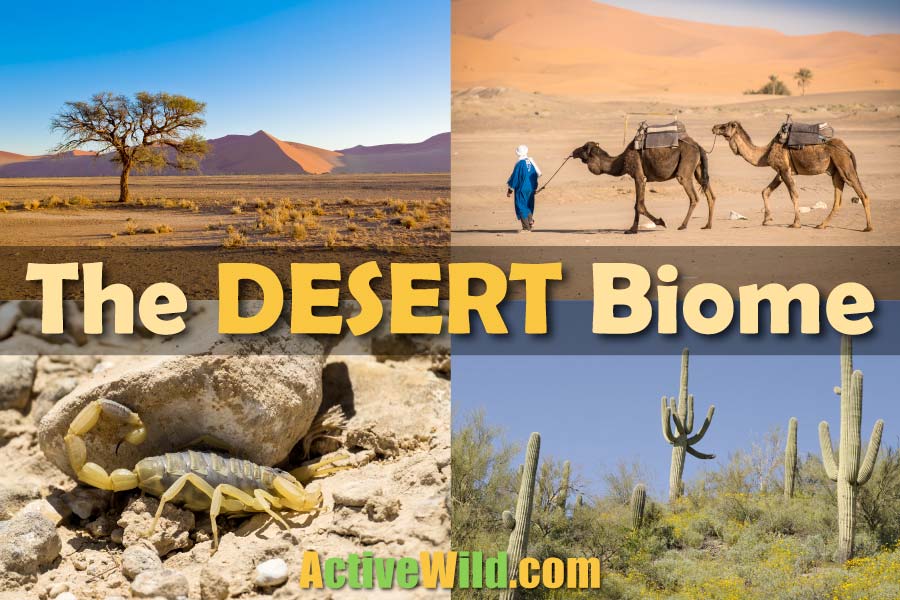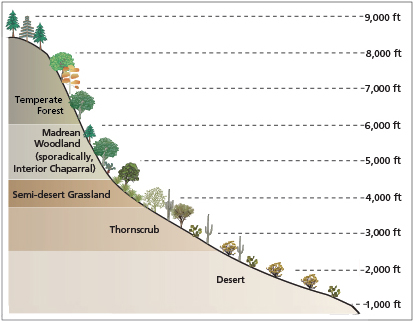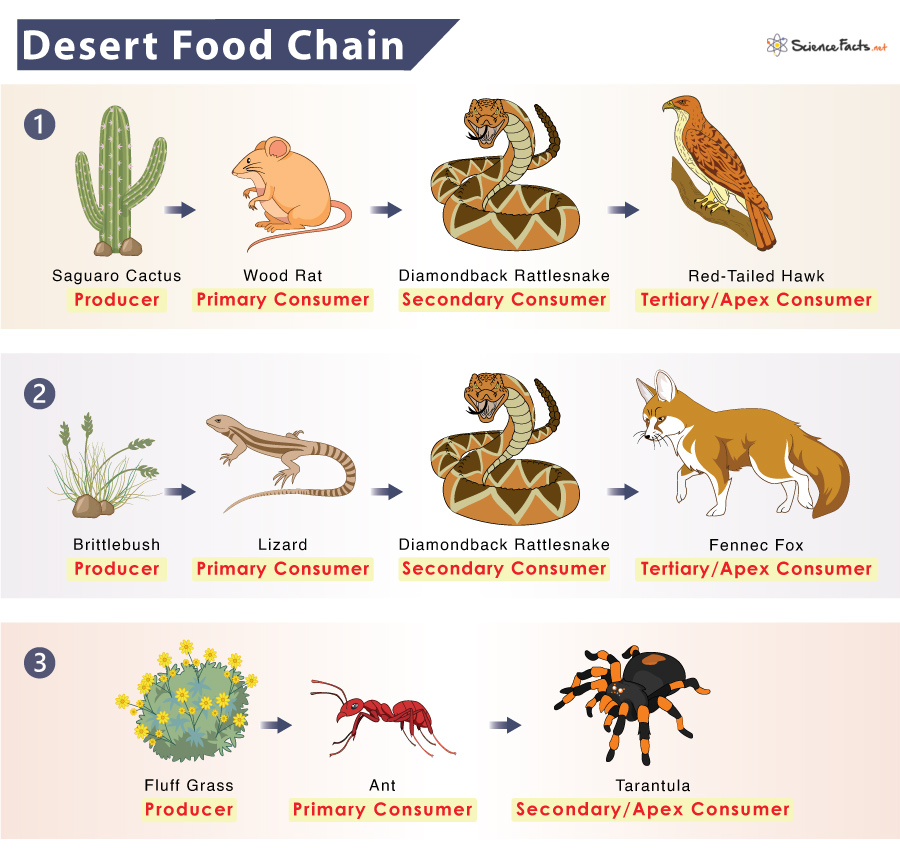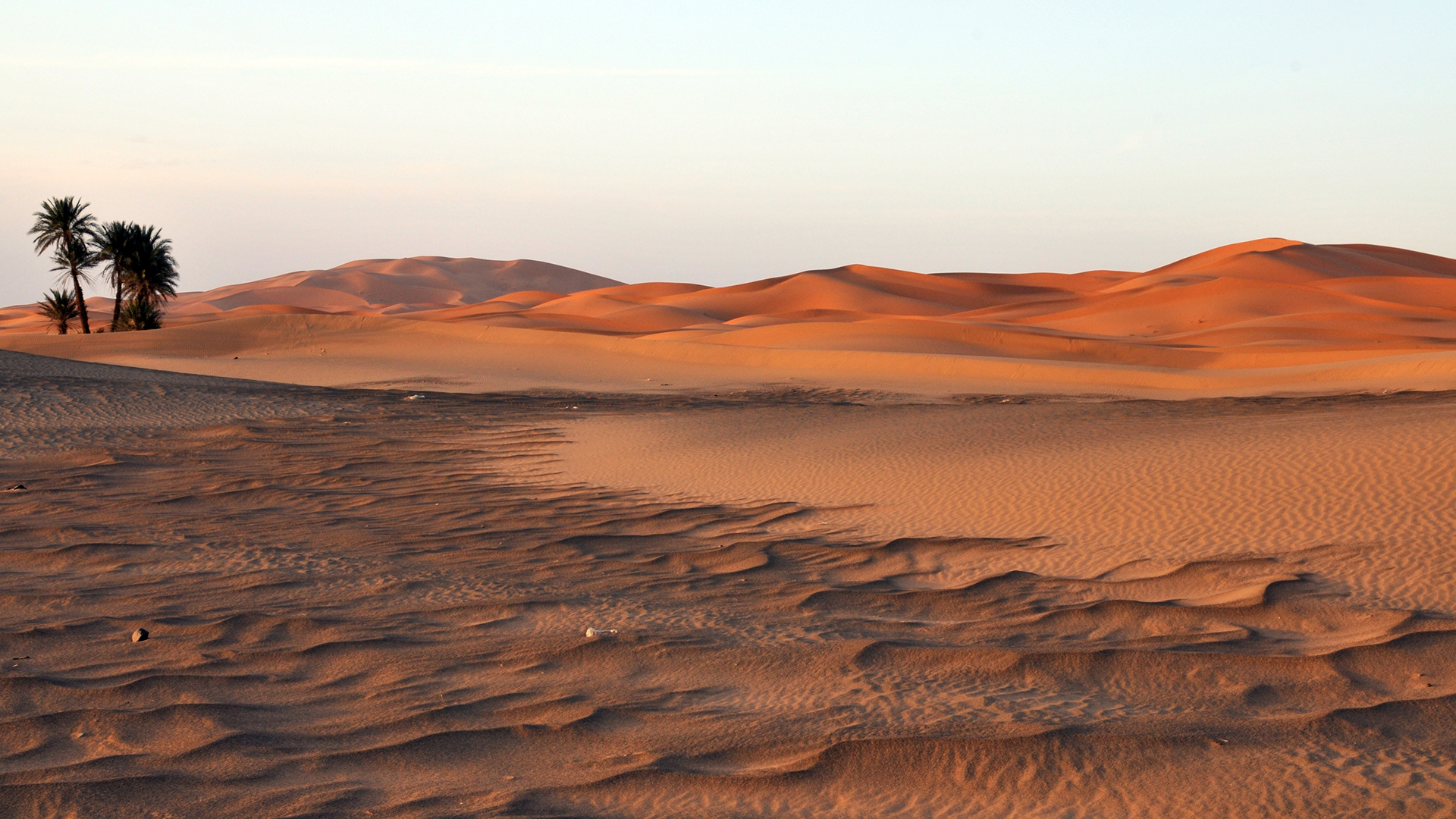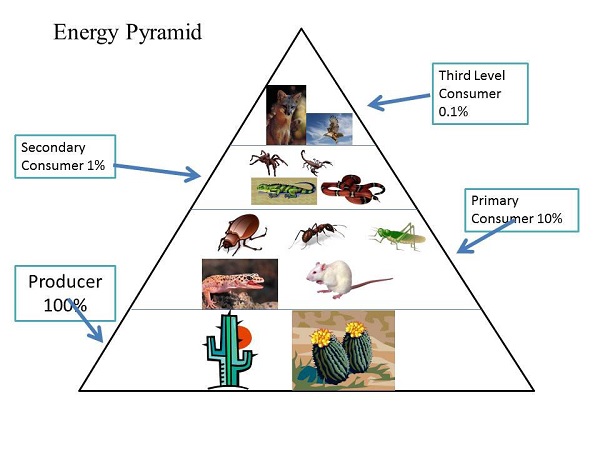Topic mojave desert ecosystem: Explore the Mojave Desert Ecosystem, a unique realm where life thrives amidst arid expanses, revealing nature"s resilience and offering awe-inspiring landscapes and biodiversity.
Table of Content
- What is the climate like in the Mojave Desert ecosystem?
- Geography and Climate of the Mojave Desert
- Flora and Fauna: Diversity in Adversity
- Human Impact and Conservation Efforts
- Unique Features and Attractions
- Challenges and Threats to the Ecosystem
- YOUTUBE: Ecosystems of California: Deserts
- Renewable Energy Projects and Environmental Balance
- Water Resources and Hydrology
- Recreational Activities and Park Preserves
- Endemic Species and Biodiversity
- Climate Change Impact and Adaptation Strategies
What is the climate like in the Mojave Desert ecosystem?
The climate in the Mojave Desert ecosystem is characterized by extreme heat and dryness. Here are some key features of the climate:
- Extreme Heat: The Mojave Desert experiences high temperatures throughout the year, with average summer temperatures often exceeding 100°F (37°C).
- Low Precipitation: The desert is known for its arid conditions, receiving less than 5 inches (13 cm) of rainfall annually.
- Drastic Temperature Changes: The temperature can fluctuate significantly between day and night, with the nights being considerably cooler than the scorching daytime temperatures.
- Low Humidity: The desert has low levels of humidity, making the air feel dry and arid.
- Strong Winds: The Mojave Desert is prone to strong winds, which can further contribute to the dryness and aridity of the region.
- Clear Skies: The desert is known for its clear skies and high levels of sunshine, resulting in intense solar radiation.
These climate conditions have shaped the unique desert ecosystem of the Mojave, with specialized plant and animal adaptations to survive in this harsh environment.
READ MORE:
Geography and Climate of the Mojave Desert
The Mojave Desert, a vast and unique ecosystem, stretches across southeastern California, southern Nevada, and into parts of Utah and Arizona. Characterized by its striking landscapes, the Mojave is home to iconic Joshua trees, rugged mountains, and vast valleys. This desert is bounded by the tall Sierra Nevada range to the west, the Colorado Plateau to the east, and the San Bernardino and San Gabriel Mountains to the south.
Climate in the Mojave Desert is predominantly arid, with extreme temperature variations between day and night. Summers are scorchingly hot with daytime temperatures often exceeding 100°F, while winters can see temperatures drop to below freezing at night. Precipitation is sparse, averaging less than 13 inches annually, predominantly falling during the winter months.
- Elevation: Ranges from below sea level in Death Valley, the lowest point in North America, to over 11,000 feet at the top of Telescope Peak.
- Unique Features: The region includes geological marvels such as the Death Valley, Mojave National Preserve, and Joshua Tree National Park, each offering unique landscapes and ecosystems.
- Flora and Fauna: Despite its harsh conditions, the Mojave supports a diverse range of life adapted to its extreme climate, including over 200 endemic plant species and a variety of wildlife, from the desert tortoise to bighorn sheep.
The Mojave"s climate and geography have shaped a unique ecosystem, making it a fascinating subject for study and a compelling destination for visitors seeking adventure and natural beauty in one of the world"s most iconic deserts.
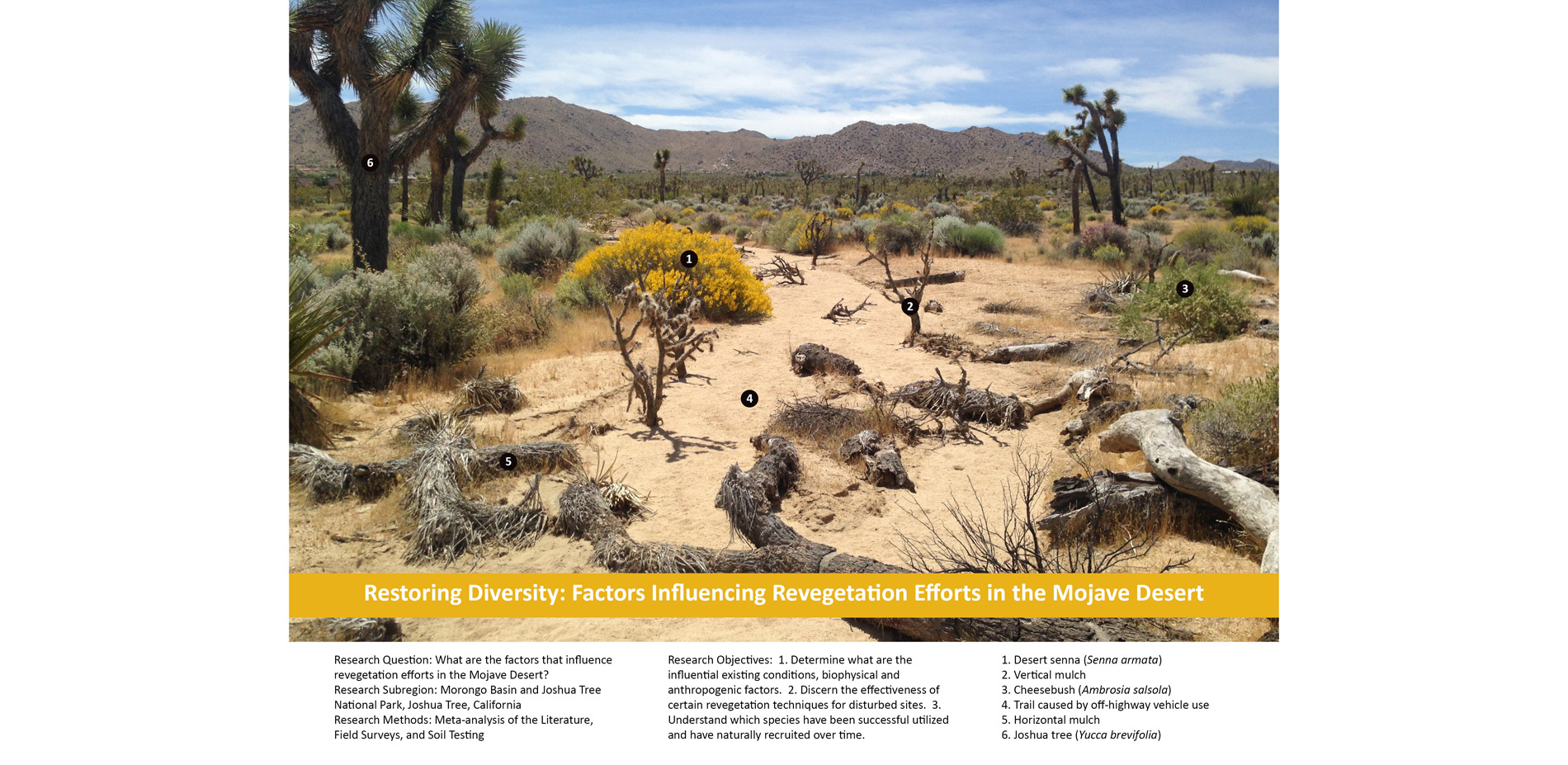
Flora and Fauna: Diversity in Adversity
The Mojave Desert, a vast and unique ecosystem, stretches across southeastern California, southern Nevada, and into parts of Utah and Arizona. Characterized by its striking landscapes, the Mojave is home to iconic Joshua trees, rugged mountains, and vast valleys. This desert is bounded by the tall Sierra Nevada range to the west, the Colorado Plateau to the east, and the San Bernardino and San Gabriel Mountains to the south.
Climate in the Mojave Desert is predominantly arid, with extreme temperature variations between day and night. Summers are scorchingly hot with daytime temperatures often exceeding 100°F, while winters can see temperatures drop to below freezing at night. Precipitation is sparse, averaging less than 13 inches annually, predominantly falling during the winter months.
- Elevation: Ranges from below sea level in Death Valley, the lowest point in North America, to over 11,000 feet at the top of Telescope Peak.
- Unique Features: The region includes geological marvels such as the Death Valley, Mojave National Preserve, and Joshua Tree National Park, each offering unique landscapes and ecosystems.
- Flora and Fauna: Despite its harsh conditions, the Mojave supports a diverse range of life adapted to its extreme climate, including over 200 endemic plant species and a variety of wildlife, from the desert tortoise to bighorn sheep.
The Mojave"s climate and geography have shaped a unique ecosystem, making it a fascinating subject for study and a compelling destination for visitors seeking adventure and natural beauty in one of the world"s most iconic deserts.
Human Impact and Conservation Efforts
The Mojave Desert faces significant challenges due to human activities, yet there are numerous conservation efforts underway to mitigate these impacts and preserve its unique ecosystem. Urbanization, mining, recreational activities, and renewable energy development have posed threats to the desert"s natural habitats, leading to initiatives aimed at protecting its vast landscapes and rich biodiversity.
- Urbanization: The expansion of cities and infrastructure into desert areas disrupts wildlife habitats and increases water consumption, necessitating careful urban planning and habitat conservation strategies.
- Mining Activities: Mining operations have historically impacted the desert"s surface and groundwater resources, prompting efforts to reclaim and restore affected areas.
- Recreational Use: Off-road vehicles, hiking, and camping can damage delicate desert soils and plant life. Designated trails and visitor education help minimize these effects.
- Renewable Energy Development: While contributing to green energy goals, solar and wind projects must balance environmental concerns, with project siting and design minimizing habitat disruption.
- Conservation Initiatives: Organizations and government agencies work together on land preservation, species protection, and ecosystem restoration projects. The Mojave Desert Land Trust, for example, acquires and conserves land throughout the Mojave.
These efforts, coupled with ongoing research and public education, aim to ensure the Mojave Desert remains a thriving ecosystem. The involvement of local communities, policymakers, and conservationists is crucial in these endeavors, highlighting the importance of collective action in environmental stewardship.
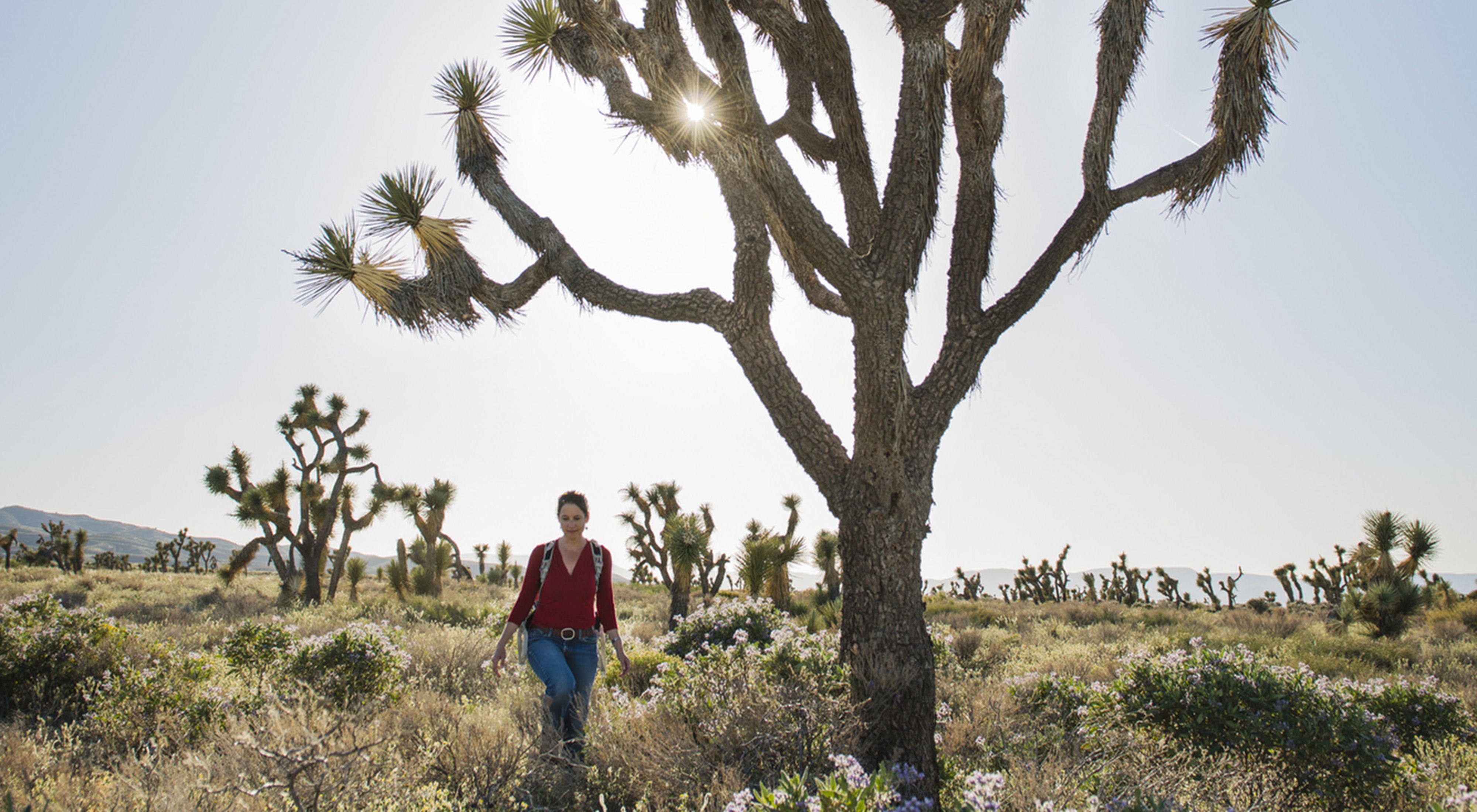
Unique Features and Attractions
The Mojave Desert is a land of extreme beauty and fascinating biodiversity, offering numerous unique features and attractions that draw visitors from around the world. Its landscapes are characterized by a mix of vast sandy expanses, rugged mountains, and unique geological formations, hosting a variety of ecosystems and a rich array of flora and fauna.
- Joshua Tree National Park: Famous for its eponymous Joshua trees, this park is a showcase of Mojave Desert ecosystems and offers hiking, camping, and stargazing opportunities.
- Death Valley National Park: Holding the record for the hottest place on earth, Death Valley offers spectacular views, historic sites, and unique geological features like Badwater Basin, the lowest point in North America.
- Mojave National Preserve: A vast area offering a tapestry of sand dunes, volcanic cinder cones, Joshua tree forests, and wildflower carpets in spring.
- Antelope Valley California Poppy Reserve: Notable for its brilliant displays of California poppies, the state flower, especially vibrant after rainy winters.
- The Integratron: Located near Joshua Tree, this historical structure is famed for its unique acoustics and is used for sound baths that offer a unique relaxation experience.
- Zabriskie Point: A popular viewpoint in Death Valley, offering breathtaking sunrise and sunset views over the golden-colored badlands.
- Kelso Dunes: These singing sand dunes, located in the Mojave National Preserve, create a unique sound when the sand moves, a phenomenon that attracts visitors and researchers alike.
These attractions, alongside the Mojave"s diverse wildlife, including desert tortoises, bighorn sheep, and numerous bird species, make the desert a fascinating destination for nature lovers, photographers, and adventurers seeking to explore its untouched beauty and mystery.
Challenges and Threats to the Ecosystem
The Mojave Desert, a unique and delicate ecosystem, faces several challenges and threats that endanger its survival and the diversity of life it supports. These threats stem from both natural processes and human activities, impacting the region"s flora, fauna, and overall environmental health.
- Climate Change: Rising temperatures and altered precipitation patterns threaten to disrupt the delicate balance of the desert ecosystem, affecting species distribution and water availability.
- Water Resource Depletion: The overuse of groundwater for urban, agricultural, and industrial needs reduces the availability of this critical resource for native plants and animals.
- Urbanization and Land Development: Expansion of cities and infrastructure into desert areas fragments habitats and reduces biodiversity, impacting species such as the desert tortoise and Joshua trees.
- Invasive Species: Non-native plants and animals compete with native species for resources, often leading to the decline or displacement of indigenous species.
- Recreational Activities: Off-road vehicles, hiking, and camping can cause soil erosion, vegetation damage, and disturbance to wildlife, exacerbating the desert"s vulnerability.
- Mining and Renewable Energy Development: While important for economic development, these activities can disrupt habitats, pollute ecosystems, and alter landscapes.
- Pollution: Air and water pollution from nearby urban and industrial areas can degrade natural habitats and pose health risks to both wildlife and human residents.
Addressing these challenges requires a multifaceted approach that includes conservation efforts, sustainable management practices, and increased awareness and education about the importance of preserving the Mojave Desert ecosystem for future generations.
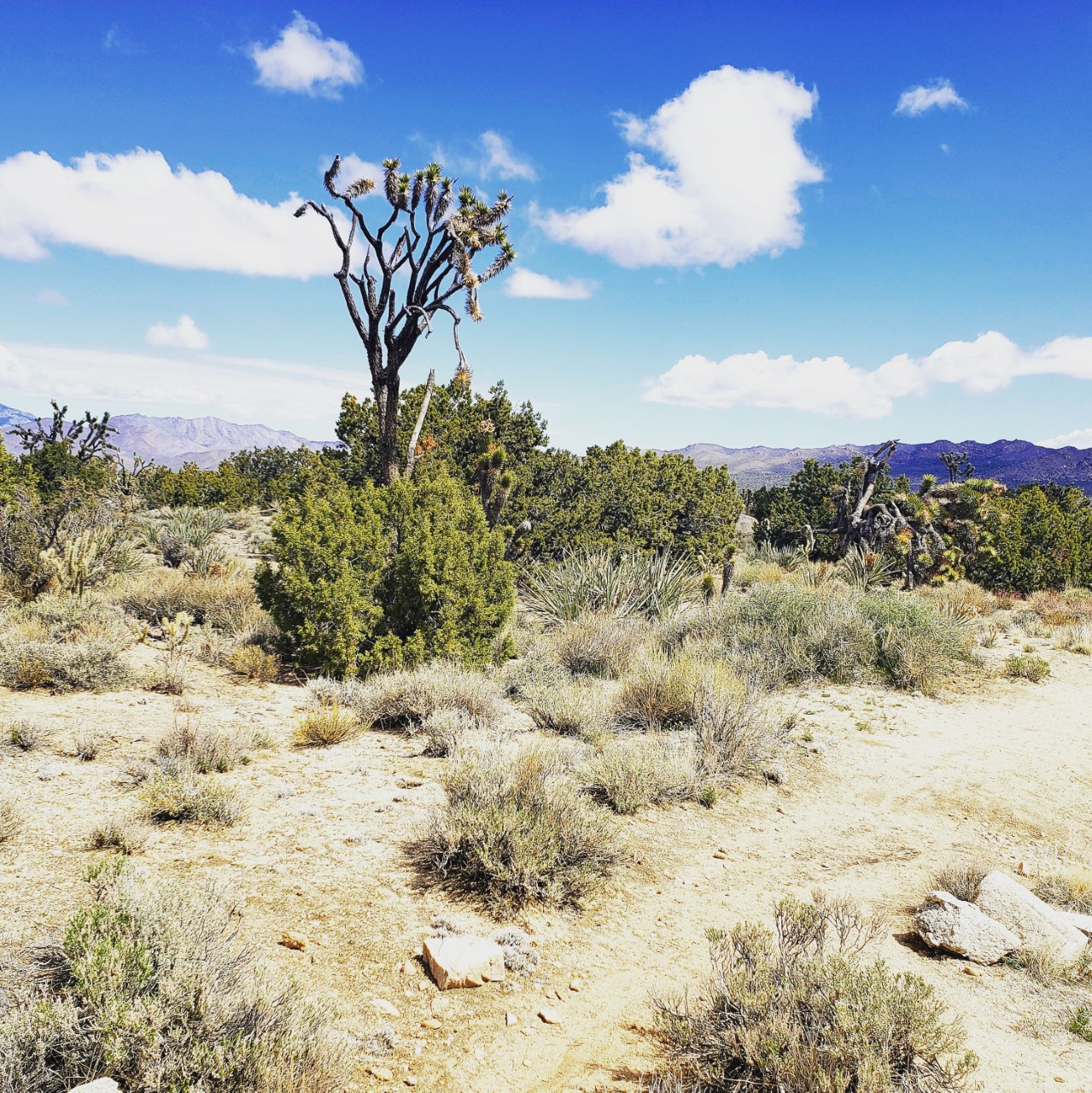
Ecosystems of California: Deserts
\"Enter the breathtaking world of deserts, where vast stretches of golden sand meet endless skies. Join us on a mesmerizing journey as we explore the mysterious beauty and resilient life that thrives in these barren landscapes. Watch the video now and be enthralled by the captivating allure of deserts!\"
Mojave Wilderness
\"Embark on an epic adventure through uncharted terrains and untamed wilderness. Immerse yourself in the awe-inspiring wonders of nature, from towering mountains to lush forests teeming with wildlife. Get ready to be captivated by the pristine beauty and raw power of the wilderness in this captivating video!\"
Renewable Energy Projects and Environmental Balance
The Mojave Desert is at the forefront of renewable energy development, with solar and wind projects taking advantage of the region"s abundant natural resources. These initiatives are critical for meeting energy demands sustainably and combating climate change. However, they must be balanced with the need to preserve the desert"s unique ecosystems.
- Solar Energy Projects: The Mojave"s sunny climate makes it ideal for solar farms. Projects like the Ivanpah Solar Power Facility harness the sun"s power, but also incorporate measures to protect native species and habitat.
- Wind Energy Development: Wind farms utilize the desert"s strong winds to generate electricity. Efforts to minimize impacts on bird and bat populations are an important consideration in their design and placement.
- Environmental Assessments: Before project approval, comprehensive environmental assessments are conducted to understand potential impacts on ecosystems and wildlife, aiming to mitigate negative effects.
- Conservation Lands: Designating areas for conservation helps to offset the environmental footprint of renewable energy projects, preserving vital habitats and migration corridors.
- Collaborative Efforts: Developers, conservationists, and government agencies work together to ensure that renewable energy projects advance without compromising the desert"s ecological integrity.
As the demand for renewable energy grows, finding a balance between development and conservation in the Mojave Desert remains a priority. Innovative solutions and ongoing research into minimizing impacts are essential for sustainable progress, ensuring that renewable energy projects contribute positively to both the environment and the energy grid.
Water Resources and Hydrology
The Mojave Desert"s water resources are as unique as they are critical to the survival of its ecosystems and human settlements. Despite its arid climate, the desert is home to a complex hydrological system that includes underground aquifers, ephemeral streams, and rare desert springs. These water sources are vital for the flora and fauna adapted to the harsh desert conditions.
- Underground Aquifers: Serving as the primary source of water, these underground reservoirs store water that percolates down through the desert"s soil and rock, providing a lifeline for wildlife, vegetation, and human use.
- Ephemeral Streams: These streams, also known as arroyos, flow above ground only during rare rainfall events, quickly channeling water across the desert surface and recharging aquifers.
- Desert Springs and Seeps: These are crucial oases in the desert, supporting ecosystems with water for drinking, bathing, and habitat. Springs and seeps are biodiversity hotspots, nurturing plant and animal life not found elsewhere in the desert.
- Human Impacts: Water withdrawal for urban, agricultural, and industrial purposes poses a significant threat to the desert"s water balance, impacting ecosystems dependent on these scarce resources.
- Conservation Efforts: Strategies to protect and conserve water resources in the Mojave include habitat restoration, sustainable water management practices, and research into groundwater recharge and sustainable withdrawal rates.
Understanding and managing the Mojave Desert"s water resources is critical for preserving its unique ecosystems, supporting its human population, and ensuring the resilience of this arid landscape in the face of climate change and development pressures.

Recreational Activities and Park Preserves
The Mojave Desert offers a wide range of recreational opportunities and is home to several protected areas and park preserves that highlight its natural beauty and unique ecosystems. These areas provide a playground for outdoor enthusiasts and a sanctuary for those seeking the tranquility of the desert landscape.
- Hiking and Camping: Trails of varying difficulty levels crisscross the desert, offering stunning views and unique wildlife encounters. Campgrounds and backcountry camping offer a chance to experience the desert under the stars.
- Wildlife Viewing: The desert"s diverse habitats are home to numerous species of animals and plants, providing ample opportunities for wildlife photography and bird watching.
- Off-Roading: Designated areas allow for off-road vehicles, offering an adrenaline-pumping way to explore the vast landscapes. Regulations are in place to protect sensitive habitats.
- Rock Climbing: The desert"s rock formations, including those in Joshua Tree National Park, are world-renowned for rock climbing, attracting climbers of all skill levels.
- Stargazing: With minimal light pollution, the desert is an ideal place for stargazing and astronomy activities, revealing the night sky"s wonders.
- Park Preserves: Joshua Tree National Park, Mojave National Preserve, and Death Valley National Park offer protected landscapes for exploration and appreciation, each with its visitor centers, guided tours, and educational programs.
These activities not only allow visitors to connect with the natural world but also highlight the importance of conserving these unique ecosystems for future generations. Whether seeking adventure or tranquility, the Mojave Desert"s parks and preserves offer something for everyone.
Endemic Species and Biodiversity
The Mojave Desert is a biodiversity hotspot, hosting a wide range of unique and endemic species adapted to its arid environment. This remarkable ecosystem supports a variety of plants and animals, some of which are found nowhere else on Earth.
- Joshua Tree (Yucca brevifolia): Perhaps the most iconic plant of the Mojave Desert, the Joshua tree is endemic to this region, thriving in the high desert"s cool temperatures.
- Mojave Desert Tortoise (Gopherus agassizii): This threatened species is a key indicator of ecosystem health, living in burrows that provide shelter for itself and other desert life.
- Desert Bighorn Sheep (Ovis canadensis nelsoni): Adapted to the rugged terrain, these mammals are vital to the desert"s ecological balance, serving as a major herbivore.
- Chuckwalla (Sauromalus ater): A large, herbivorous lizard that uses rock crevices to escape predators and extreme heat.
- Mojave National Preserve: This preserve is a sanctuary for countless species, including the endemic Kelso Dunes Jerusalem cricket and the Mojave fringe-toed lizard, adapted to live in the shifting sand dunes.
Conservation efforts are crucial for protecting the unique biodiversity of the Mojave Desert, addressing threats from habitat loss, climate change, and human activities. Through preservation and research, we can ensure the survival of these endemic species and the overall health of the Mojave ecosystem.
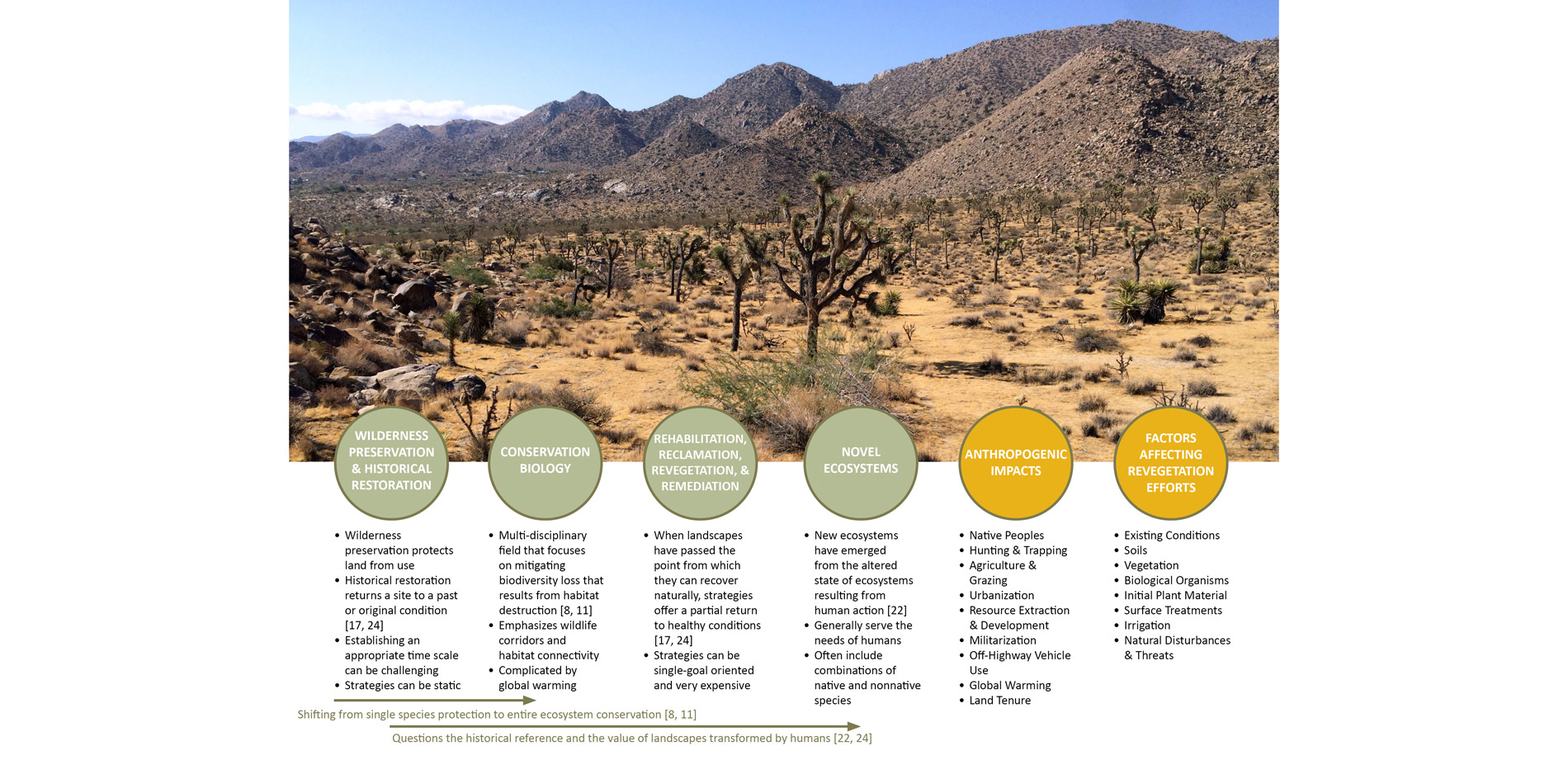
READ MORE:
Climate Change Impact and Adaptation Strategies
Climate change poses significant challenges to the Mojave Desert ecosystem, affecting its delicate balance and the survival of its diverse species. Rising temperatures, altered precipitation patterns, and increased frequency of extreme weather events are some of the impacts that threaten this unique landscape. However, adaptation strategies are being developed and implemented to mitigate these effects and protect the desert"s future.
- Monitoring Ecosystem Health: Continuous scientific research and monitoring are essential for understanding the specific impacts of climate change on the Mojave"s flora and fauna, enabling timely and effective management actions.
- Water Conservation: Enhancing water use efficiency in surrounding communities and within the desert itself is critical to ensure that the ecosystems and species that depend on limited water resources can thrive.
- Habitat Restoration and Connectivity: Restoring degraded habitats and creating wildlife corridors can help species migrate in response to changing conditions, promoting biodiversity and ecosystem resilience.
- Renewable Energy Integration: While the Mojave is a prime location for solar and wind energy projects, careful planning is required to minimize ecological impacts and support the region"s transition to sustainable energy sources.
- Community Engagement and Education: Raising awareness among local communities and visitors about the impacts of climate change and the importance of conservation efforts helps garner support for adaptation strategies.
Adapting to climate change in the Mojave Desert involves a multi-faceted approach that balances conservation with sustainable development. By implementing these strategies, it is possible to safeguard the desert"s unique ecosystems and ensure their resilience in the face of a changing climate.
Exploring the Mojave Desert ecosystem reveals a world of beauty and challenges, where conservation and sustainable living harmonize with nature"s rhythms. Join us in safeguarding this precious desert, a testament to resilience and wonder.
